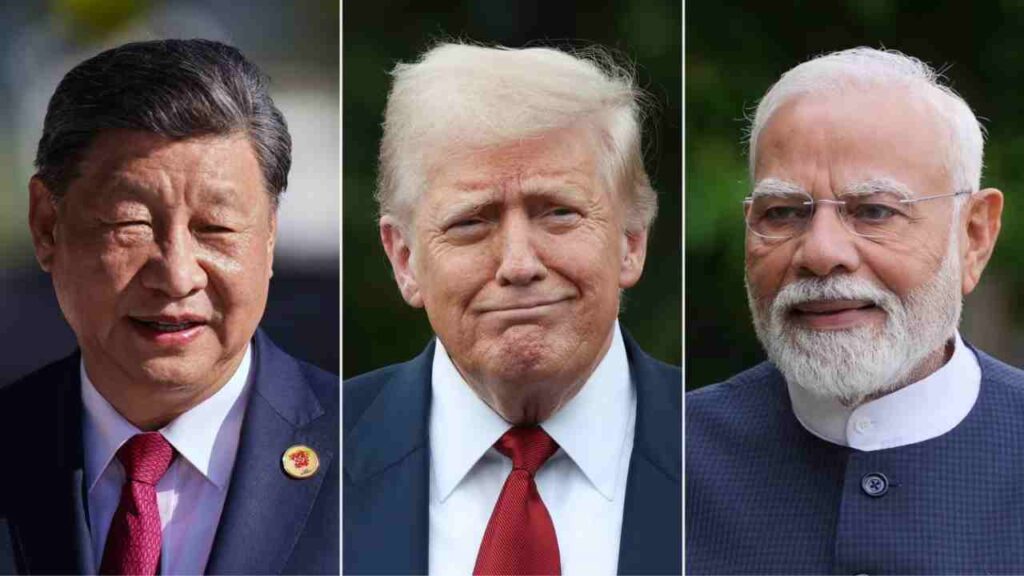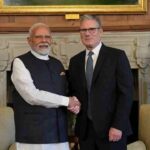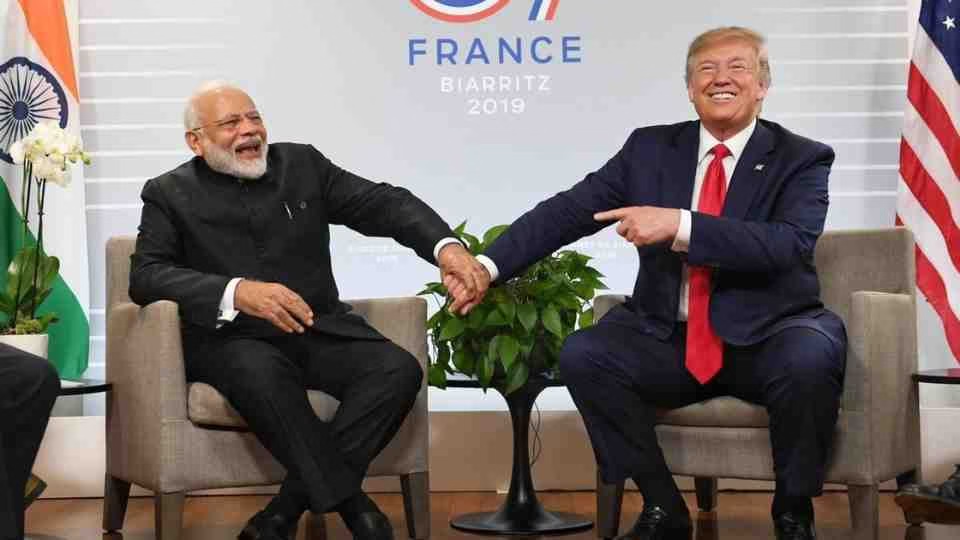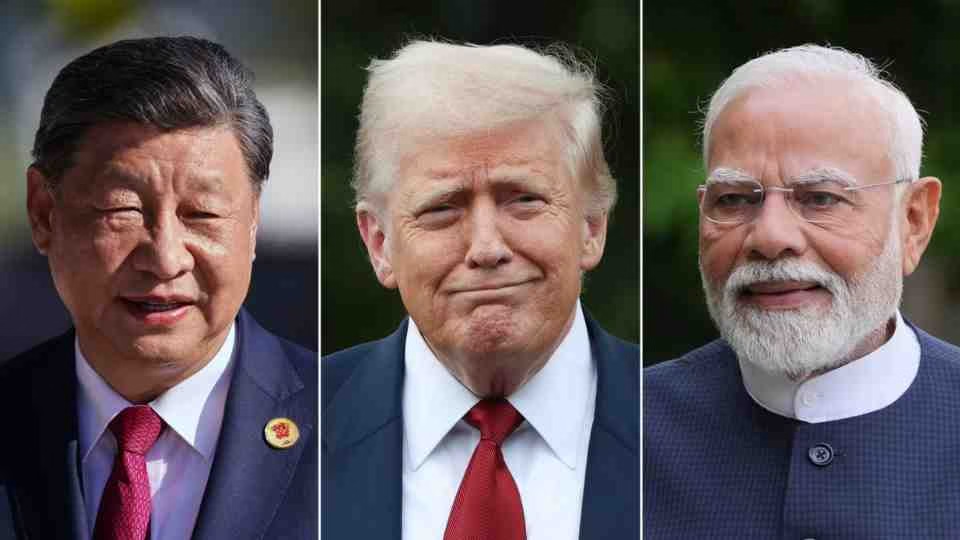President Donald Trump’s aggressive trade policies may be achieving an unintended geopolitical consequence: forcing two of Asia’s biggest rivals into a tactical alliance that could reshape regional power dynamics.
Despite decades of border disputes, strategic mistrust, and fierce competition for regional influence, India and China find themselves drawn together by a common challenge—navigating an increasingly unpredictable United States that treats allies and adversaries with equal transactional hostility.
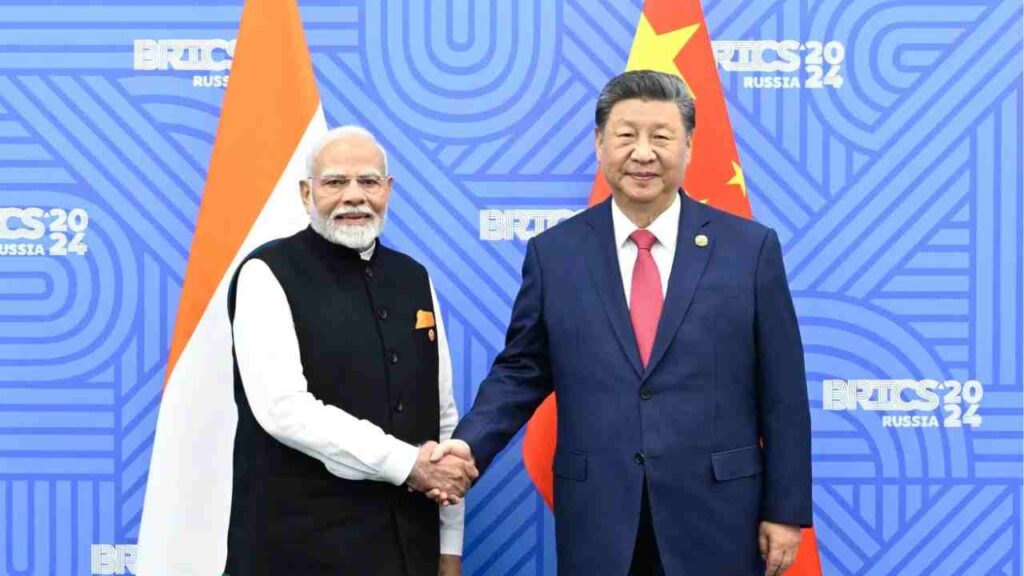
The Catalyst: Punitive Tariffs on India
Trump’s announcement of a 25% base tariff on Indian goods, escalating to 50% as punishment for purchasing Russian oil, has fundamentally altered the strategic landscape. This move mirrors the sustained pressure campaign Washington has waged against Beijing, creating unexpected common ground between New Delhi and China.
The tariffs target a country that imports 36% of its crude oil from Russia—energy supplies crucial for supporting India’s booming economy and feeding its 1.4 billion population. By treating India as a transactional adversary rather than a strategic partner, Trump risks dismantling two decades of carefully constructed diplomatic progress.
“The US-India relationship is robust enough that it won’t be undone overnight, but these moves have created a massive trust deficit on the Indian side,” warns Milan Vaishnav, director of the South Asia Program at Carnegie Endowment for International Peace.
India’s Defiant Response
Unlike other nations that have rushed to negotiate deals with Trump to lower tariffs, India under Prime Minister Narendra Modi has shown remarkable resistance to American pressure. New Delhi called the tariffs “unfair” and “unjustified,” highlighting the hypocrisy of punishing India while the US and Europe continue purchasing Russian fertilizers and chemicals.
Modi, facing domestic political pressure to stand firm against his former friend, made his position clear at a recent public event: “India will never compromise on the interests of farmers, fishermen and dairy farmers. I know personally, I will have to pay a heavy price for it, but I am ready for it.”
This defiance marks a dramatic shift from Modi’s earlier relationship with Trump, when the Indian leader broke diplomatic protocol to campaign for the American president during a 2019 Houston rally.
Strategic Realignment in Motion
The most visible sign of this shifting dynamic is Modi’s planned attendance at the Shanghai Cooperation Organization summit in China later this month—his first visit to the country in seven years. A Chinese Foreign Ministry spokesman welcomed the development, stating that Beijing looks forward to “a gathering of solidarity, friendship and fruitful results.”
This rapprochement builds on gradual improvements that began after Modi met Chinese President Xi Jinping at the BRICS summit in Russia last October. Since then, both countries have agreed to resume direct commercial flights, China has reopened Tibetan pilgrimage sites to Indian visitors for the first time in five years, and both nations have restarted tourist visa issuances.
Alliance of Convenience, Not Conviction
Analysts emphasize that this emerging partnership represents tactical alignment rather than strategic transformation. The fundamental sources of India-China tension—their deadly Himalayan border clashes, China’s strategic relationship with Pakistan, and competition for regional dominance—remain unresolved.
“We may see a greater thaw in India-China ties in face of a tough United States,” notes Farwa Aamer of the Asia Society Policy Institute. However, she cautions that New Delhi must avoid “risk reversing the growth in relations it has long worked hard on to achieve” with Washington.
The relationship’s limitations are evident in its structure: both countries are aligned not by shared vision but by a mutual need to counter American pressure.
Undermining America’s Indo-Pacific Strategy
Trump’s approach threatens to unravel a cornerstone of US strategic policy in Asia. For two decades, Washington invested heavily in cultivating India as a democratic counterweight to China’s growing influence—a relationship that reached new heights under both Trump’s first term and the Biden administration.
President Biden often praised Modi while setting aside criticism from human rights groups about democratic backsliding in India. This strategic patience reflected Washington’s recognition of India’s crucial role in containing Chinese expansion across the Indo-Pacific region.
By treating India as a transactional adversary to be punished rather than a strategic partner to be cultivated, Trump risks “shattering” this fundamental pillar of American regional strategy, according to Vaishnav.
Economic Pragmatism Drives Change
India’s willingness to engage more closely with China also reflects domestic economic pressures. Facing slowing growth and declining foreign direct investment, New Delhi has signaled greater openness to Chinese trade and investment linkages—despite security concerns.
“For its own economic reasons, namely a slowdown in growth and a slump in foreign direct investment, India has signaled a greater willingness to entertain warmer trade and investment linkages with China,” Vaishnav explains.
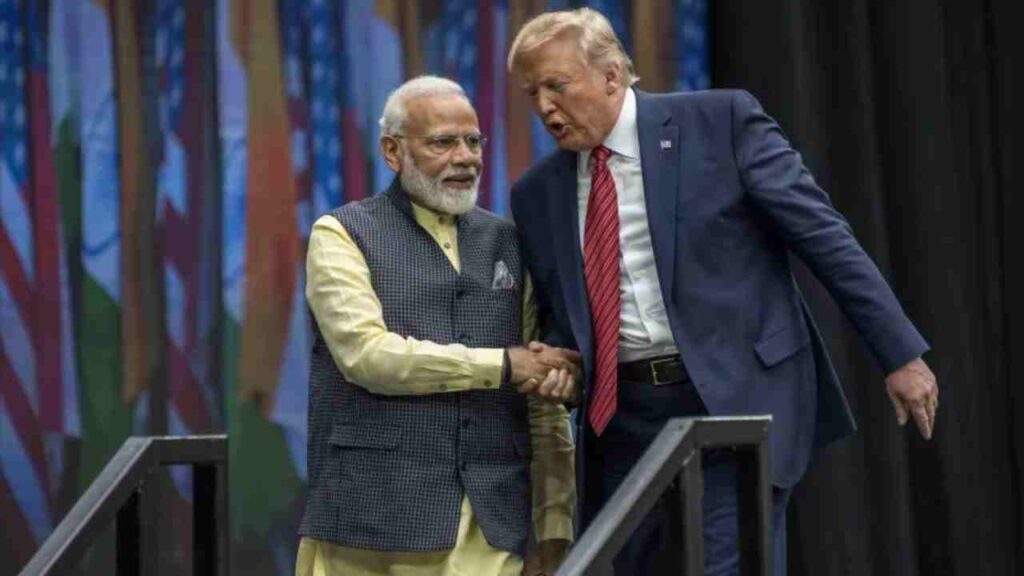
Hardening Attitudes in New Delhi
The broader impact of Trump’s approach extends beyond specific trade disputes to fundamentally alter Indian perceptions of American reliability. Harsh V. Pant of the Observer Research Foundation notes that “the mood toward the US is hardening in India, partly because of the way Mr. Trump has gone about and played his cards.”
The public nature of Trump’s criticism, combined with his apparent disregard for India’s domestic political constraints, has reduced the Modi government’s diplomatic flexibility and forced it to adopt more confrontational positions.
Strategic Incoherence in Washington
The contradiction in American policy has puzzled international observers. While simultaneously confronting China and punishing India—the very country positioned as China’s democratic counterweight—Washington appears to lack a coherent regional strategy.
“There is no coherent China policy in this administration,” Vaishnav observes. “Which means India’s role as a bulwark against China is under-emphasized.”
This strategic confusion has created opportunities for Beijing to present itself as a more reliable partner than the unpredictable United States.
The Future: Duality and Complexity
Looking ahead, experts predict a relationship characterized by duality rather than transformation. “I expect we will see increasing economic cooperation coupled with strategic rivalry,” Vaishnav says of India-China relations.
This emerging dynamic represents one of the most significant unintended consequences of Trump’s transactional foreign policy approach. By treating strategic partnerships as purely economic relationships subject to tariff pressures, Washington may be inadvertently pushing its most important Asian ally toward its greatest rival.
The irony is stark: in pursuing “America First” policies designed to strengthen US economic position, Trump may be achieving the opposite—weakening American strategic influence while strengthening the very China-India cooperation that previous administrations worked decades to prevent.
Whether this tactical alignment evolves into something more substantial will depend largely on Washington’s willingness to recognize India’s strategic value beyond immediate trade considerations and Beijing’s ability to manage its own competitive instincts in favor of anti-American cooperation.

